|
Welcome back! This week I conclude my 3-part series on mastering the trails with mountain biking basics. For many, the idea of mountain biking can seem intimidating. This post is geared towards educating those newer to riding with a basic rundown of equipment and skills. However, sometimes the basics serve as good reminders for experienced riders as well. Please comment if you have any other tips and tricks that work for you! Bikes
Gears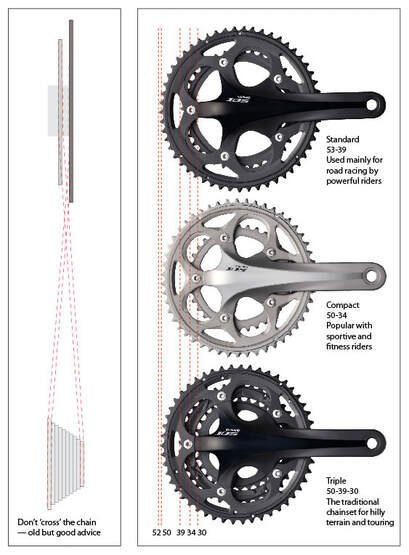
Gearing
Gears are referred to in terms of number of chain rings, and number of teeth (or size) of chain ring. Both of these can vary to fit the rider. See to the left for a basic comparison. Notice the top two include 2 rings of different size setups (numbers you see refer to teeth count). Standard issue for a common 21 speed bike is 3 X 7 (3 rings on the front, and 7 rings on the back - bottom set in the picture). This means 21 different gear ratios. However, several of those gears are wasted, since you do not want to cross the chain (see image on the far left). This puts stress on the chain - causes stretch and even breakage. Gaining in popularity are 1X (pronounced One By) setups, which are perfect for riders who do not need to access the "easiest" and "hardest" gear ratios. 1x9, 1x10, and 1x12 are all popular setups. In Michigan, most trails do not demand the extreme gears. The more elevation demands, the more you want to retain the "granny gear" - IE, if you're riding out west where there is a lot of climbing and more obstacles, you need to be able to spin those easy gears fast for best handling. Bike recommendations based on terrain
Skills of the trade
What's in the bag? Essentials for your bike pack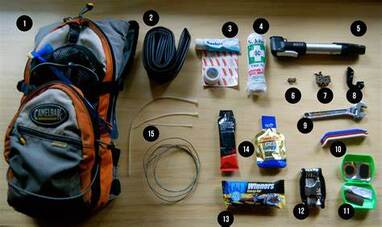
Always recommended to make sure your bike is tuned up and ready before hitting the trails. Take it to your nearest shop - a basic tune-up can last a whole riding season, and is inexpensive.
Happy trails!
0 Comments
Leave a Reply. |
Broad Scope Narrow Focus BlogWelcome to the Broad Scope Narrow Focus Blog! I hope you find a lot of useful and applicable information as we explore the broad world of Wellness together. Check in often, as there will be new posts weekly! Enjoy Archives
September 2021
Categories |
Services |
Hours & Contact InformationHours of Operation: The Facility is staffed Tuesday - Thursday 7a-5p
*Facility is accessible 24 hrs / 7 days a week e . [email protected] p . (616) 787 - 7710 |

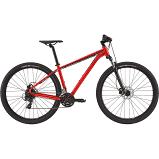

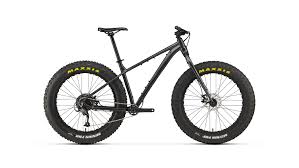
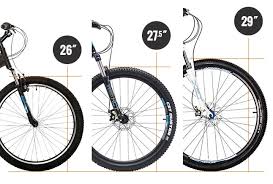
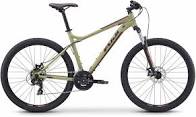
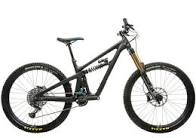
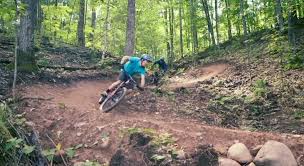
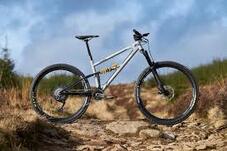
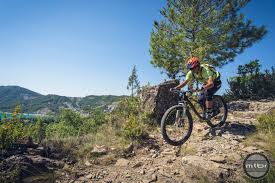
 RSS Feed
RSS Feed